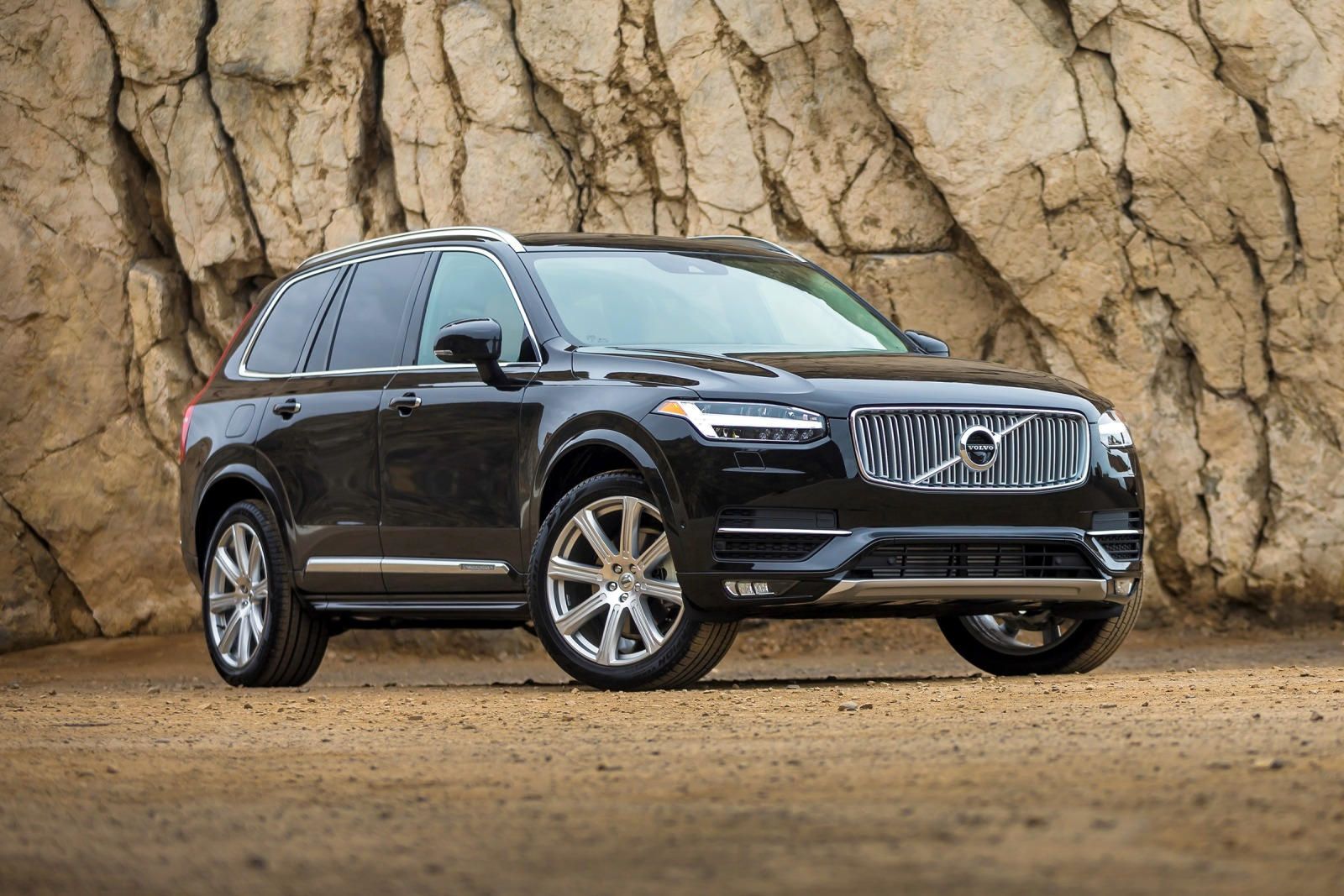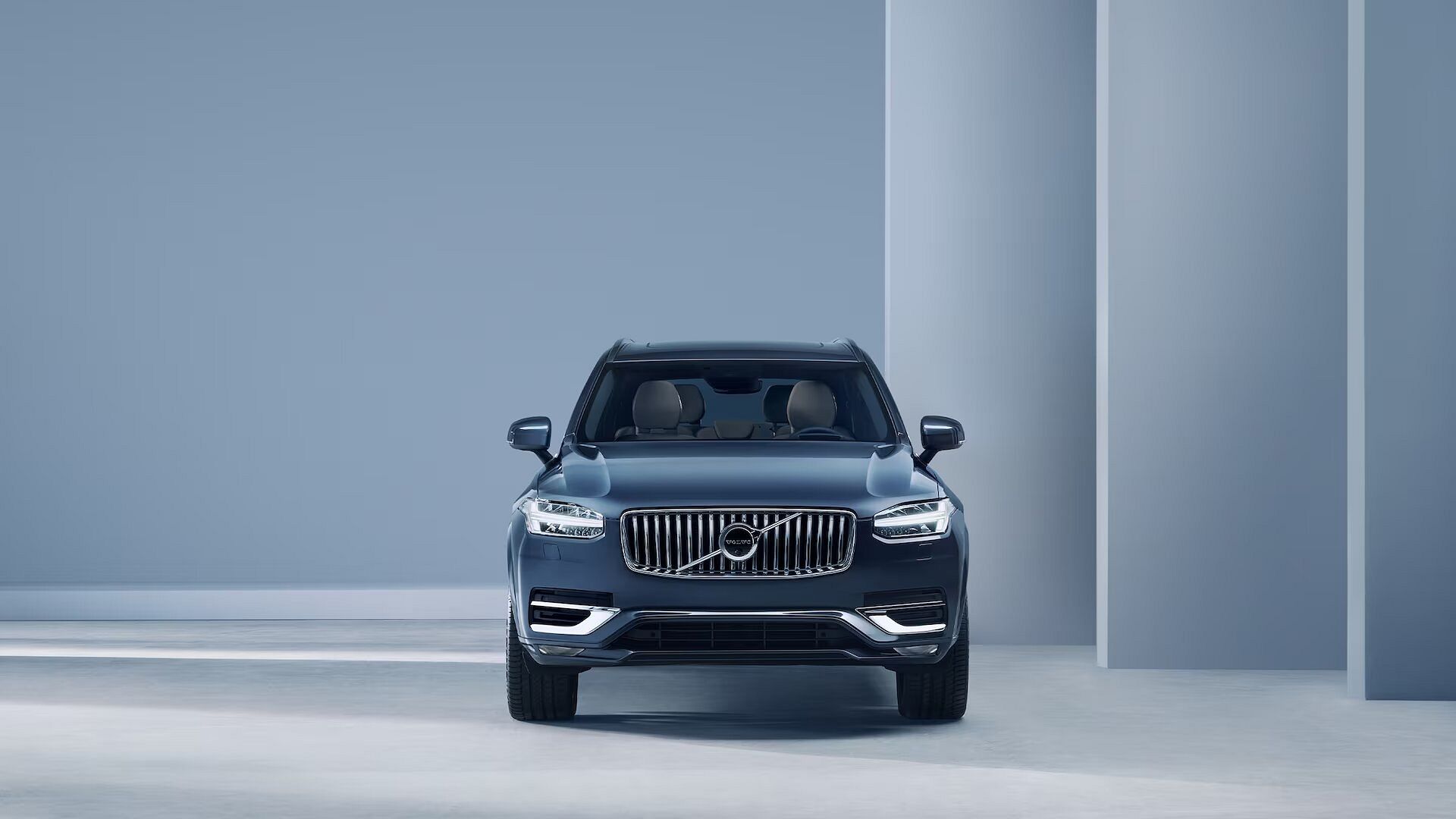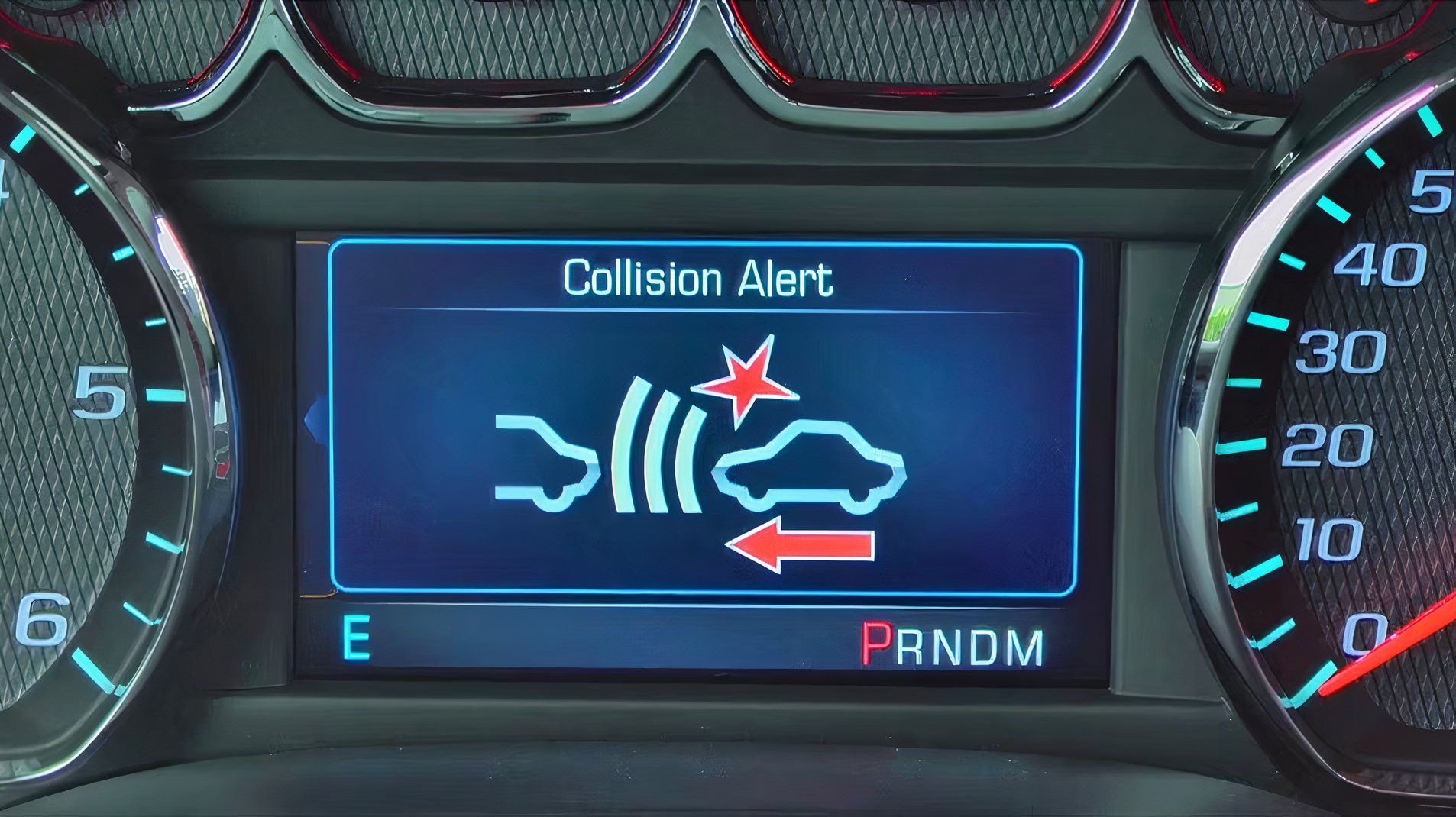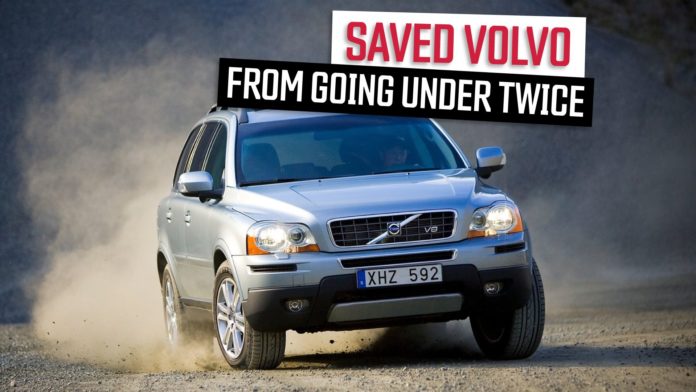The Volvo XC90 is an excellent mid-size SUV, but it’s more than that: it’s essentially the reason Volvo is still in business. More than once, Volvo has been, if not on the very brink of failure, at least struggling to stay relevant and competitive amid changes in ownership and an ever-changing automotive industry.
With the development of their flagship SUV, Volvo has managed to bounce back from poor sales, twice. Here’s how the Volvo XC90 has kept the automaker relevant across two generations.
Data for this article has been sourced from the automaker, with inflation data calculated via the Bureau of Labor Statistics, and fuel economy data pulled from the Environmental Protection Agency. Sales data comes courtesy of GoodCarBadCar.net.
The First Gen XC90: Stability In Times Of Turmoil
It’s almost hard to imagine now, but there was a time in the late 1990s when Volvo’s future as an automaker was up in the air. In 1999, Volvo Group’s leadership made the decision to sell off their manufacturing business in order to focus on commercial vehicles. The brand was effectively split into two groups from this point forward: Volvo Group, a Swedish-owned company devoted to buses, trucks, and construction equipment, and Volvo Cars, an automaker owned by Ford, following a $6.45 billion sale to the American company.

Add CarBuzz to your Google News feed.
Under Ford, Volvo quickly expanded their lineup. 2000 alone saw the introduction of the Volvo S60, the V70, and the V70’s quasi-off-road station wagon variant, the XC70. US sales numbers from this era show the brand selling just 18,975 cars in 2002, and 17,330 in 2003. Volvo has never been known to outsell Chevy and Toyota, but these numbers were nevertheless quite piddly for the brand. In Europe, Volvo saw a steady decline in sales year after year from 2001 to 2004, with 2004 seeing a major drop of nearly 40%, down to 88,010 from 144,182 the previous year. Volvo also pulled out of motorsport, which was one of its main marketing strategies.
Volvo always had a reputation for being safe, but bland, and as it turned out, padding the lineup with additional models was not the most effective strategy for getting people excited about the automaker.
With the rise of the luxury SUV, Volvo had an idea. It would build its own version, taking the brand in a new direction while staying true to its reputation for safety. The first-gen Volvo XC90, hitting the market for the 2003 model year, represented a focused, decisive new direction for the brand.
A Look At The First-Gen Volvo XC90
|
2003 Volvo XC90 Performance Specs |
||
|---|---|---|
|
Engine |
2.5-Liter Turbo 5-Cylinder |
2.9-Liter Twin-Turbo 6-Cylinder |
|
Power |
208 hp |
268 hp |
|
Torque |
236 lb-ft |
280 lb-ft |
|
Transmission |
5-Speed Automatic |
4-Speed Automatic |
|
Drivetrain |
FWD-AWD |
AWD |
The XC90 won several prestigious awards in 2003, and first-gen XC90 sales got off to a decent start in Europe, moving 1,143 units to early adopters in 2002, and 17,587 units in 2003. Sales also shot up dramatically following a review by the famous Jeremy Clarkson. He loved the XC90 so much that he purchased five in a row because there simply wasn’t another luxury SUV that did so many things so well.
2004 and 2005 saw a significant bump for the model, though, selling 32,032 and 35,179 units, respectively. That has a lot to do with the 4.4-liter Yamaha V8 engine they added for the 2005 model year. Following the release of the V8 model, 2005 saw a 30% boost in overall European sales for the brand, from 88,010 the previous year up to 114,457 total.
In the US, Volvo sold 35,976 XC90s in 2005, with overall sales figures for the brand more than tripling from 28,317 units total in 2004 to 96,705 in 2005, illustrating the halo effect the V8 XC90 had on the brand, helping Volvo to bounce back from a period of weak sales and cultural irrelevance. But what made it so special?
|
2005 Volvo XC90 V8 Performance Specs |
|
|---|---|
|
Engine |
4.4-Liter Supercharged 8-Cylinder |
|
Power |
311 hp |
|
Torque |
325 lb-ft |
|
Transmission |
6-Speed Automatic |
|
Drivetrain |
AWD |
The early 2000s were a transitional period, with American drivers ditching sedans and coupes in droves for SUVs. The safety promised by the Volvo XC90 made it a perfect family car, and this was actually the first vehicle to feature roll-stability control in order to manage the SUV’s natural inclination for rollover. The 2003 XC90 was safe, practical, versatile, and surprisingly nimble for its size. It was also heavy, at a minimum weight of 4,450 pounds, which made it sluggish, and not particularly fun to drive. But it didn’t matter because it was the only seven-seat luxury SUV that seemed to be designed by a person that actually had kids. As a result, the third row was spacious, but still left enough luggage capacity for a week’s worth of groceries for a large family. That’s not something any Land Rover could do.

Related
Electric Volvo XC90 Successor Will Be The World’s Safest SUV
The next-gen Volvo EV will get safer the longer you own it.
By adding an eight-cylinder engine to the package, Volvo got the 0-60 time down to just over seven seconds in the 2005 V8 model, where the 2003 edition took around nine seconds to get there. The Yamaha V8 also sounded magnificent. But don’t take our word for it. Just watch the video below.
For comparison, a 2005 Ford Explorer Eddie Bauer Edition with a 4.6-liter V8 engine would take around eight seconds to reach 60 mph. The Volvo XC90 was proof that you really could have it all: a spacious, comfortable interior, agile handling, and strong V8 performance, in one of the safest vehicles ever mass-produced, all for a decent mid-range price of $46,080, or $75,916 adjusting for inflation in 2024, being about the price of a 2023 Audi E-Tron Sportback today.
History Repeats Itself With The Second Generation Volvo XC90
After the honeymoon phase with the XC90 had ended, history seemed to repeat itself with diminishing returns and, eventually, new ownership. Overall sales for Volvo in the US held strong for a couple of years, from 96,705 units sold in 2005 to 93,103 in 2006 and 85,957 in 2007, and then the numbers simply fell off a cliff, down to 54,233 in 2008, 47,371 in 2009, and hitting rock bottom at 40,801 in 2010. And these are total sales for the brand, not just the XC90, which fell from an impressive 35,976 units sold in 2005 all the way down to a measly 10,609 in 2011, and then 3,922 in 2014.
Again, Volvo was simply spreading itself too thin under Ford’s leadership. The second-gen XC90 was long overdue by this point, and the first gen models were starting to look a little dusty in an increasingly crowded SUV market.

Related
Volvo XC90 Generations: Everything You Need To Know In One Place
Since the first gen’s runaway success, Volvo improved the XC90 formula with the latest hybrid tech before it transitions into an electric future.
A 2011 Ford Explorer’s standard engine by this point was a 3.5-liter V6 cranking out 290 hp. The 2011 XC90’s entry-level engine was a 3.2-liter inline-six delivering 240 hp. Unfortunately, the relaunch would take a few years to hit the market, and Volvo couldn’t do much but watch their market share trickle away in the meantime.
In 2011, Ford sold Volvo to Chinese automaker Geely, the same auto giant that purchased a stake in Lotus and is busy revamping the famous British brand. Geely could have cut costs, but instead it wrote Volvo a blank cheque and left the Swedes alone to do what they do best. The result of that influx of money was the second-generation XC90.
A Look At The Second-Gen Volvo XC90
|
2016 Volvo XC90 Base Performance Specs |
|
|
Engine |
2.0-Liter Turbo 4-Cylinder |
|
Power |
250 hp |
|
Torque |
258 lb-ft |
|
Transmission |
8-Speed Automatic |
|
Drivetrain |
AWD |
Just as the first-gen XC90 had pulled Volvo’s bacon from the fire in the early 2000s, the second-gen relaunch would do the same in the mid-2010s. The new XC90 was built on a brand-new platform, Volvo’s Scalable Product Architecture, or SCA, intended to provide high strength at a relatively low weight, in hopes of improving the earlier XC90’s admittedly lousy fuel economy.
For 2016, the Volvo XC90 received a new 2.0-liter engine that delivered 250 hp in its base turbo form, but could crank out as much as 455 in the T8 plug-in hybrid model. All-wheel drive was standard on all models.
Just like the first-gen XC90, the second-gen was a versatile, capable all-around family vehicle.
2:14

Related
The History And Rise of Advanced Driver-Assistance Systems (ADAS)
Advanced Driver Assistance Systems are the next big step up from the common active safety systems of yesteryear.
And just like the first-gen XC90, it was a remarkably safe SUV. Many of the advanced ADAS systems we know today debuted in the XC90. With no major changes to the basic structure of the SUV, the second-gen XC90 is still earning Top Safety Pick+ awards from the IIHS in 2024. It won this award despite being much older than its rivals, and the IIHS implementing even stricter crash criteria.
You can probably guess how things played out after the launch of the 2016 Volvo XC90. Volvo sold just 12,777 XC90s in the US in 2015, only to sell 32,428 in 2016, and sales have remained strong ever since. The XC90 moved 39,920 units in 2023, while the overall brand has been steadily selling more than 100,000 cars a year from 2019 onward.
A Look At The Modern XC90
The Volvo XC90’s last significant revision was the 2020 model year facelift, which gave the front end a sleek new look, but left the SUV itself largely untouched, aside from changing packages and trims. In classic Volvo fashion, the brand is practicing a general approach of “if it ain’t broke, don’t fix it.” With the hybrid T8 Recharge model achieving 27 MPG, combined, the XC90 is still surprisingly relevant all these years after its relaunch. It will continue to live on next to its all-electric sibling, the EX90, which will come with a host of new advanced driver assistance systems.
Sources:
Bureau of Labor Statistics
,
Fuel-Economy.gov
,
GoodCarBadCar.net

